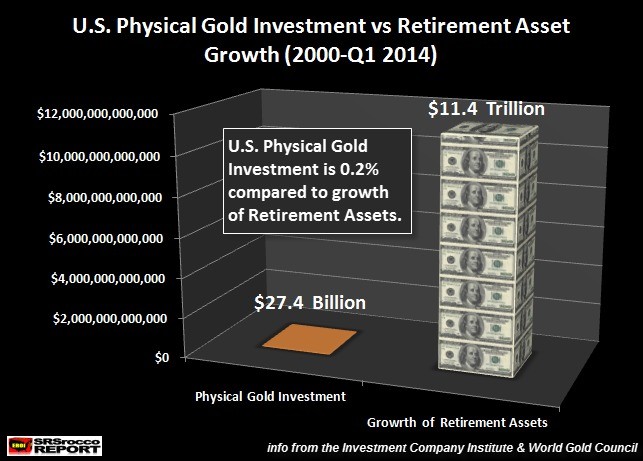Dollarcost averaging s not all it s cracked up to be
Post on: 25 Апрель, 2015 No Comment

Sometimes, things aren’t as bad as they seem. They’re worse.
You don’t want to crash through the floor when you’re checking for termites. And when the doctor checks out that nagging rash, the four words you don’t want to hear are, Nurse, evacuate the building.
Similarly, you may think your stock returns have been OK in the past decade, if nothing like some red-hot periods. And that’s true. Unfortunately, if you’ve been adding to your stock mutual fund account for the past decade, your returns have been even worse than you think.
Can you improve your performance? Possibly. But adding a bit at a time is still the best investment technique for most of us.
The Standard & Poor’s 500-stock index has gained 122% in the past 10 years. But few people plunk down all their investment money at once. Most of us invest a set amount at a time through 401(k) plans, for example.
If you invest the same amount at regular periods, you’re using a technique called dollar-cost averaging. The advantage is this: You automatically buy more shares when the market is low and fewer shares when it’s high. For example, if you invest $1,000 in a stock fund at $34 a share, you get 29.4 shares. If the price falls to $27 a share, your $1,000 will now buy 37 shares.
All well and good. But dollar-cost averaging isn’t the panacea it’s made out to be. For example, if you had invested $100 a month in the Vanguard 500 Index fund for the past decade, you’d have had $15,437 in your account at the end of June, according to Lipper.
You’d have invested $12,000 in the fund, so your total profit would be $3,761, or 31.3%. Any gain is good, but 31.3% is a far smaller gain than 122% the S&P index’s return in the past decade.
What happened?
In a word, bad timing. Even though 1996 through 1999 was a ripsnorting bull market, you had relatively little money invested then. You had more money invested by the time the 2000-02 bear market rolled around than you did during the earlier bull market. And because the market still hasn’t fully recovered from that bear market, your overall gains have been relatively modest.
If you were looking for an easy way to boost your returns over time, dollar-cost averaging probably isn’t it. The stock market generally rises over long periods. That being the case, you’ll usually do better investing all at once, as long as you’re investing for the long run.
Dollar-cost averaging typically does best when an investment goes sideways or down for years and then, at the end of a period, suddenly breaks to the upside.
For example, gold funds were locked in a losing trend for much of the past 10 years. Had you invested a lump sum in the average gold fund 10 years ago, you would have gained 82%, according to Lipper. But had you instead invested a set amount each month, you would have fared better: a 110% return. That’s because you would have bought many of your shares at low prices, thus boosting your returns.
But good luck picking an investment that will languish for seven years, then go wild the next three. In the past 10 years, only three other types of funds fared better under dollar-cost averaging than under lump-sum investing: emerging markets funds, Pacific region funds and Japan funds.

A variant of dollar-cost averaging, called value averaging, has shown some usefulness in improving returns. With value averaging, you set a dollar target for your investments for example, that you want your account to rise by $1,000 a month. Let’s say you invest $1,000, and the next month the account has fallen to $950. You contribute $1,000, plus another $50 to make up for the previous month’s shortfall.
Value averaging makes you invest more when the market is down and less when the market is up. The big hitch: If the market is down a lot in one month, you have to pony up a lot more money.
The other hitch: Value averaging is more work than dollar-cost averaging. It makes you do some math every month, says John Markese, president of the American Association of Individual Investors.
Despite all the knocks against dollar-cost averaging and value averaging, Markese likes both strategies. You’ll never get rich, but you’ll get invested in a disciplined manner, he says.
If you really want to increase your account balances over time, you should simply increase the amount you invest. If you invest $100 a month, your contributions make a huge impact after one year but fairly little after a decade, because it’s a smaller percentage of your total. If you increased your contribution by 5% every year, though, your account would be worth nearly $20,000. Most of that would be your own money. But it’s still a big improvement.
John Waggoner is a personal finance columnist for USA TODAY. His Investing column appears Fridays. Click here for an index of Investing columns. His e-mail is jwaggoner@usatoday.com
Posted 7/13/2006 9:23 PM ET














